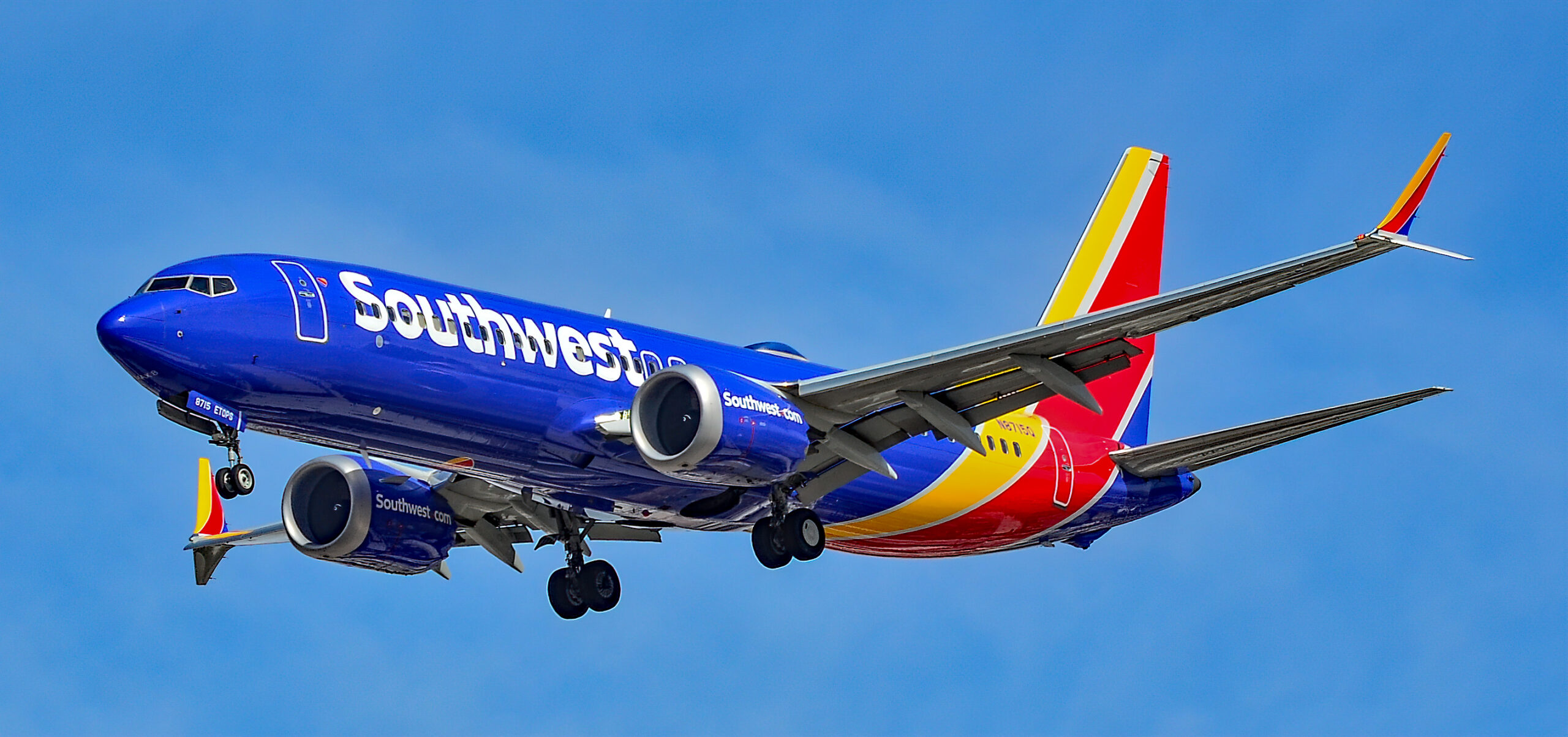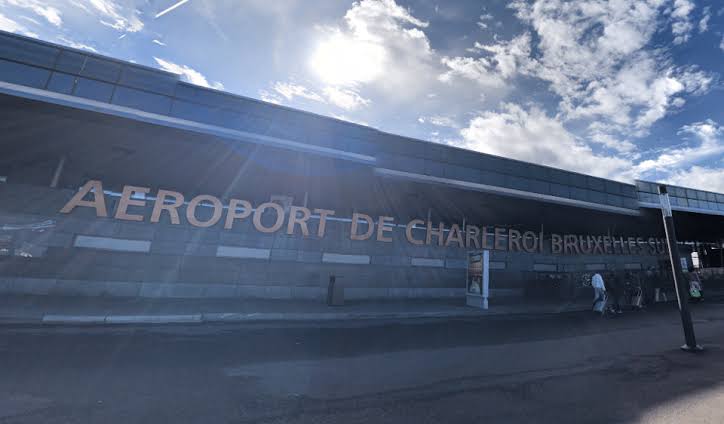Southwest Airlines Flight Hit by Bird Strike, Loses Signal Mid-Air
Southwest Airlines Flight Hit by Bird Strike, Loses Signal Mid-Air
In a harrowing incident that could have turned catastrophic, a Southwest Airlines flight en route from Dallas Love Field to Phoenix Sky Harbor International Airport was struck by a bird shortly after takeoff, resulting in an abrupt loss of communication signals. The unexpected event has raised fresh concerns over aviation safety and the persistent threat posed by bird strikes to commercial airliners.
Sudden Shock in the Sky
The incident occurred on Monday morning at approximately 8:15 AM local time, just 12 minutes after takeoff. Flight 2786, a Boeing 737 carrying 132 passengers and five crew members, had just ascended to 10,000 feet when the aircraft collided with a flock of birds. According to initial reports from the Federal Aviation Administration (FAA), the bird strike caused an immediate disruption in the plane’s electrical systems, leading to a brief but alarming loss of communication with air traffic control.
Passengers onboard described the moment of impact as a loud thud followed by a sudden jolt, similar to heavy turbulence. “There was a loud bang, and then it felt like the plane shook,” said Maria Gonzalez, a passenger seated near the wing. “Shortly after, we noticed the crew speaking with urgency. It was scary because we didn’t know what had happened.”
Loss of Communication and Emergency Protocol
Shortly after the strike, the flight crew experienced a temporary failure in the aircraft’s radio and transponder systems, which caused a sudden loss of signal with ground control. For approximately six minutes, controllers were unable to establish contact with the flight. Aviation experts note that any loss of communication, especially early in a flight path, is treated with extreme seriousness.
“Any time a plane loses contact with air traffic control, it’s considered an emergency,” said retired pilot and aviation analyst Mark Holloway. “Even if it’s just a few minutes, controllers and pilots are trained to assume the worst and act quickly.”
In response, the pilots declared an emergency and followed standard safety procedures to regain control and reestablish communication. The crew successfully managed to activate backup systems, restore signal, and continue relaying position and status information to air traffic controllers.
Safe Return and Emergency Landing
With the situation under control but damage still unknown, the captain made the decision to turn the plane around and return to Dallas Love Field for a precautionary landing. Emergency services were placed on high alert, and fire trucks lined the runway as a precaution.
The plane landed safely around 8:47 AM, roughly 30 minutes after takeoff. Applause reportedly broke out among passengers as the aircraft touched down without incident. Medical personnel quickly boarded the plane to attend to shaken but uninjured passengers and crew.
Southwest Airlines later released a statement confirming the incident and commending the professionalism of the flight crew:
> “Southwest Flight 2786 returned to Dallas Love Field after a bird strike shortly after departure. Our pilots followed all safety protocols and landed the aircraft without further incident. We are working closely with maintenance teams to assess the damage. The safety of our passengers and crew remains our highest priority.”
Investigation Underway
The FAA and National Transportation Safety Board (NTSB) have launched a joint investigation into the incident. Preliminary examinations indicate that at least two birds were ingested into one of the plane’s engines, causing electrical disruptions. Fortunately, the engine continued functioning and did not shut down, averting a more serious emergency.
Maintenance crews are conducting a thorough inspection of the aircraft to determine the full extent of the damage. Investigators are also analyzing cockpit voice recordings and flight data to better understand the exact timeline of the event and how the systems responded.
Bird remains, also known as “snarge,” have been collected for species identification to help wildlife officials implement better control measures around the airport.
### A Growing Aviation Concern
Bird strikes are not uncommon in the aviation industry, especially near airports where birds may be attracted by open spaces, water sources, and food. According to the FAA, more than 14,000 bird strike incidents are reported annually in the United States. While the vast majority cause minimal or no damage, some have led to serious mechanical failures or even engine shutdowns.
The most famous bird strike incident occurred in 2009, when US Airways Flight 1549 struck a flock of geese shortly after takeoff from New York’s LaGuardia Airport. Both engines lost power, forcing Captain Chesley “Sully” Sullenberger to land the aircraft on the Hudson River in what became known as the “Miracle on the Hudson.”
“Birds continue to be a real hazard, particularly during takeoff and landing,” explained aviation safety consultant Linda Rowe. “Airports employ a variety of wildlife mitigation strategies, from habitat modification to radar tracking and even falconry, but no method is 100% effective.”
### Passengers React
For the 132 passengers onboard Flight 2786, the experience was both unsettling and a sobering reminder of how fragile air travel can be. Many took to social media to thank the crew and express relief at being safe.
“I’ve never been more grateful to land on solid ground,” tweeted Jason Liu, a college student traveling home to Arizona. “The crew was amazing and calm throughout. Total heroes.”
Another passenger, Debra Johnson, said she was reminded of the importance of pre-flight safety briefings. “When something like this happens, it’s not just background noise anymore. It’s real life.”
Southwest Airlines offered meal vouchers and rebooked passengers on alternate flights later in the day. Several passengers opted to cancel or delay travel altogether due to emotional distress.
### Looking Ahead
As the FAA continues its investigation, aviation authorities are expected to revisit current bird management practices, especially around high-traffic airports like Dallas Love Field. While bird strikes are considered an unavoidable risk in aviation, experts hope that improved radar detection, airport design, and even drone technology may provide better early warnings and deterrents.
In the meantime, Southwest Airlines has reiterated its commitment to safety and transparency. “Our crews are trained for these kinds of situations,” said a spokesperson. “We’re proud of how our team responded and thankful that everyone is safe.”
For the passengers on Flight 2786, the experience will likely remain a powerful memory. And for the broader aviation community, it is another reminder that even a routine flight can quickly turn into a high-stakes scenario—where training, teamwork, and a little luck make all the difference.






